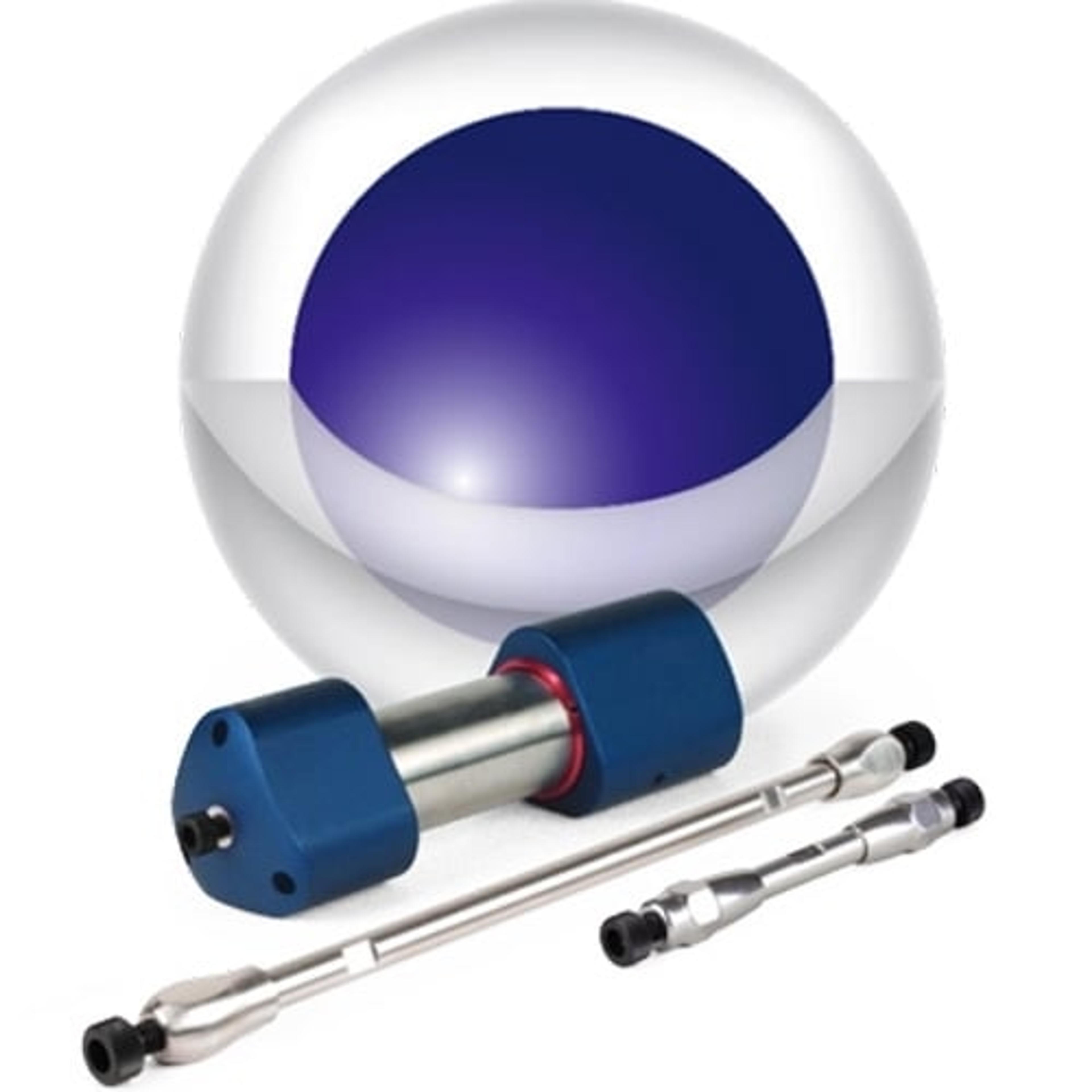Developing Methods for Efficient Sediment Analysis Using QuEChERS and LC-MS/MS
Find out how the Sanitation Districts of Los Angeles have developed new methods for analyzing contaminants in sediment samples
26 Jun 2018
The protection of public health and the environment is key to maintaining a healthy world for current and future generations. At the Sanitation Districts of Los Angeles County, they endeavor to play their parts in this quest through innovative and cost-effective waste water and solid waste management systems, with a strong focus on converting waste into resources or energy.
Syljohn Estil, a chemist at LACSD, has been working to make sure that the process used to treat waste water is in line with regulations, and that the effluent produced complies with various environmental mandates. For over 10 years, Syljohn and other chemists at LACSD have been analyzing contaminants of emerging concern, a list that is continually evolving and includes endocrine disrupting compounds, pesticides, pharmaceutical and personal care products, and poly/perfluoroalkyl substances.
What is QuEChERS?
First developed in 2003, QuEChERS (Quick-Easy-Cheap-Effective-Rugged-and Safe) was developed to extract pesticides in food matrices but has since found applications in the environmental field. Compared to traditional methods, QuEChERS has the following advantages:
- Environmentally friendly
- Non-labor intensive process
- Fast
- No chlorinated solvents
In understanding the displacement of organic compounds in the environment, it is important that we are able to trace them both in water and the surrounding area, including sediment. There are several methods available for the extraction and analysis of contaminants in aqueous samples; however, there are few procedures available for extracting these compounds in more complex solid matrices such as sediments. Therefore, in order to optimize the analysis conducted by the Sanitation Districts of Los Angeles County, Syljohn has been developing new techniques for sediment analysis. By establishing sediment chemistry techniques in particular, he hopes to gain a better understanding of the impact water pollutants have on the environment at large.
Such method development often requires collaboration between scientists and technology manufacturers and, with that in mind, Syljohn reached out to the team atPhenomenex, who work to accelerate progress in the separation sciences. Syljohn found working with Phenomenex was very easy, describing the global manufacturer as his “go-to people”. He especially likes how simple it is to access to their technical support, finding it very beneficial to have a 1:1 interaction with their application specialists, as well as the wealth of knowledge available.
Syljohn has now published four technical notes with Phenomenex, each of which uses a modified version of the QuEChERS methodology along with the use of Kinetex® High Efficiency Core-Shell LC columns for LC-MS/MS analysis. The methods covered in the technical notes are designed to specifically target different analytes found in sediments, such as pyrethroids (commonly used as insecticides), perfluoroalkyl substances (PFAS), pharmaceutical and personal care products, and steroid hormones — thus highlighting the vast array of contaminants that can potentially be found in the environment.
It is easy to work with Phenomenex on method development. They would literally hand deliver things, even though they are big company, it feels like you are working with a Mom and Pop shop.
The use of the modified extraction and clean-up method resulted in higher sample throughput, faster extraction times, and greatly reduced solvent consumption compared to conventional solid matrix extraction methods. It is in applying these methods that scientists are able to effectively see whether pollutants in the water are also contaminating the sediment — an important step in tracing and monitoring the environmental impacts of pesticides, insecticides and hormones in food.

